The French department Eure is a perfect destination for a breath of fresh air just outside Paris. Easily accessible by train, it allows you to enjoy a green getaway while discovering historical and heritage treasures.
In this travel guide, I am not offering you an exhaustive vision of the Eure, but rather a “slow” route that you can easily follow by bike along the greenway that links Evreux to Bec-Hellouin, one of the most beautiful villages in France.
How to prepare your stay in the Eure? What must you visit during your getaway? Find advice and good addresses in this practical guide!
Summary
Eure in short
- Who is it for? On your own, as a couple or as a family, adapting the programme of visits to your own pace. The Eure is a department that can be discovered in slow tourism mode, which is suitable for everyone.
- When to go? Rather in fine weather, from spring to autumn, to take advantage of its natural beauty and why not cross the department by bike.
- How long to stay? You can easily discover Evreux by making the round trip in a day from Paris, but to fully immerse yourself in the Eure and take the time to do all the visits listed in this article, plan an extended weekend.
- How to get there? Evreux is the gateway to the Eure, easily accessible from Paris (Saint-Lazare station) in about 1h20.
- How to get around in the Eure? The train network connects the major towns, but to visit certain villages, it is best to take a car or to opt for a bicycle.
The Eure by bike!
The route I suggest in this article can be done by bike over an extended weekend by following the old railway line transformed into a greenway that links Evreux to Bec-Hellouin. In Evreux, make a stop at the Comptoir des Loisirs (the tourist office) which has the “accueil vélo” label and will give you good advice.
The map
To prepare your stay in the Eure, find on this map all the points of interest listed in this article as well as the cycling route from Evreux to Bec-Hellouin:
Evreux, a city in the countryside
Evreux is a town that – literally – had to rise from the ashes. It was largely destroyed during the Second World War and rebuilt in the late 1940s. However, the reconstruction followed the medieval layout, which allowed the town to retain its charm and character.
The prefecture of the Eure is sometimes referred to as a country town, as there are many green areas in the middle of the houses. One of the green lungs of Evreux, the botanical garden, is located just outside the station. You will find there in particular the tropical greenhouse opened 3 years ago which presents 400 varieties of plants and which is accessible free of charge in the afternoons (except at weekends during the winter period).
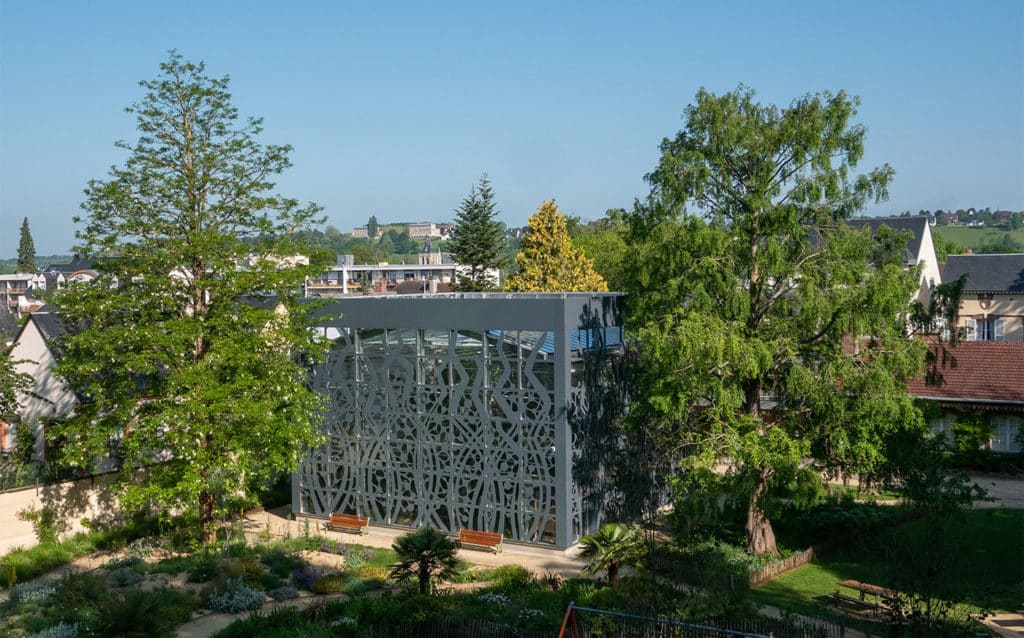
Your steps will quickly lead you to the town centre where you can enjoy a pleasant walk along the Iton, the river that crosses the town and which will lead you to the Tour de l’Horloge, a 15th century belfry that does not go unnoticed at 44 metres high!
But the must-see in Evreux is of course the Notre-Dame cathedral, built between the 11th and 17th centuries in a gothic style. Inside, you can admire stained glass windows made of silver yellow in the 14th century as well as a modern organ built in 2006 by the Quoirin company and composed of 4,000 pipes!

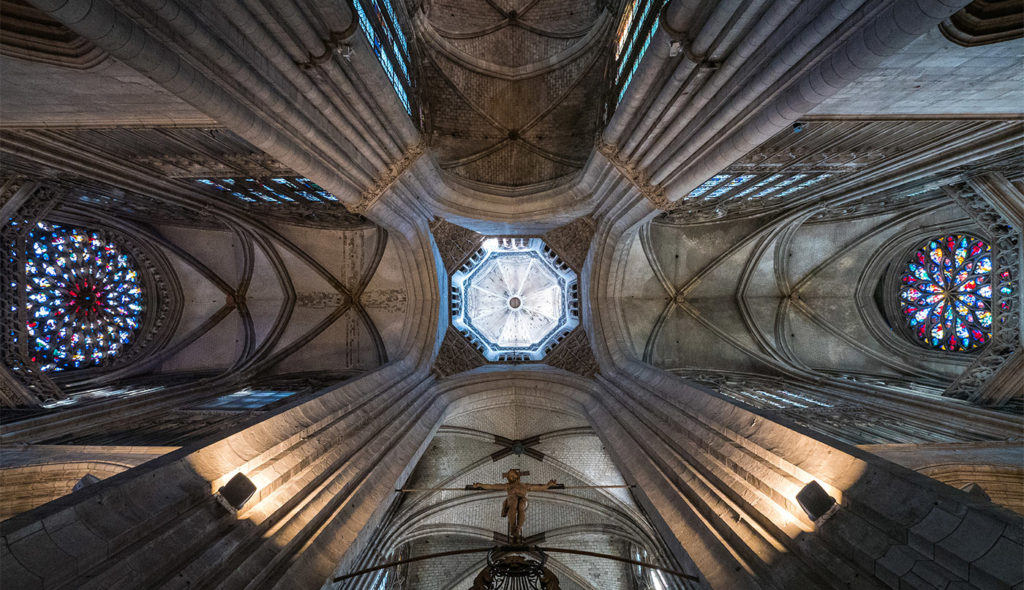
The Champ de Bataille castle, a little Versailles
The Champ de Bataille Domain is one of the must-see places in the Eure. It was built by Alexandre de Créquy, a rebel exiled by Cardinal Mazarin. Assigned to live in Neubourg, he decided to have a palace built in the second half of the 17th century to remind him of the splendour of the court.
However, not much remains of the original castle: it has passed through several hands over the centuries, notably those of the Harcourt family, and has been remodelled several times. During the Second World War it was used as a hospice, a prison camp and then a women’s prison. Bought back by the d’Harcourt family who restored and refurnished the castle, the Champ de Bataille was opened to the public for the first time in 1957.
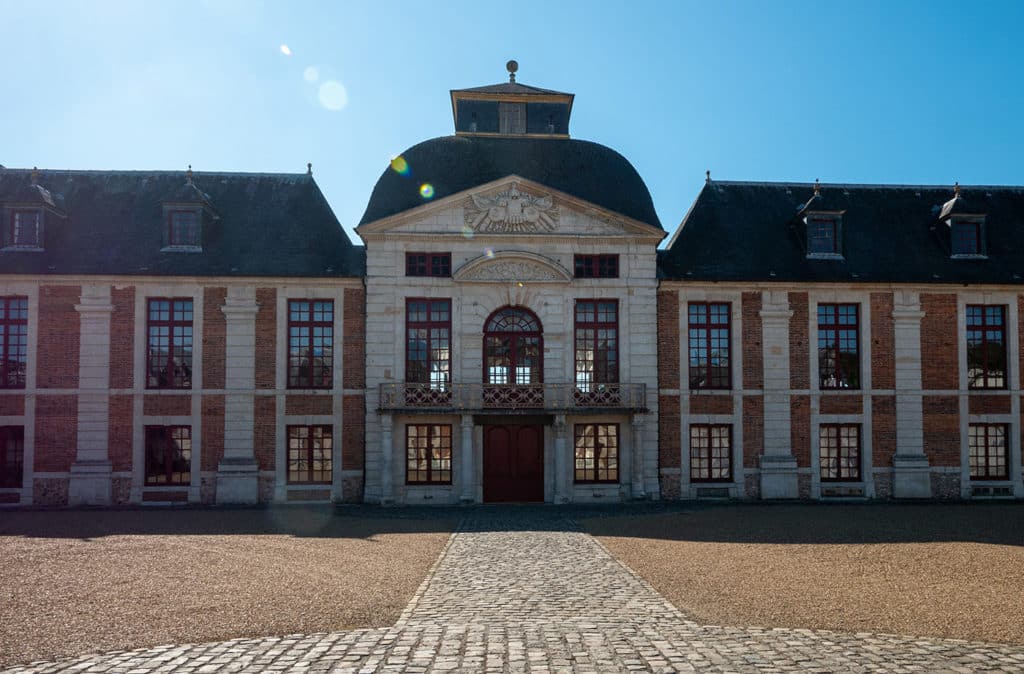
The real renaissance of the Champ de Bataille castle came in 1992 when it was bought by the decorator and collector Jacques Garcia who redesigned the interior in the style of the Ancien Régime. On two levels, there is a large library, a curiosity cabinet, a chapel and numerous salons. The collection on display is remarkable and would have a place in Versailles or the Louvre: there are many portraits and objets d’art that belonged to Louis XV, Louis XVI, Marie-Antoinette… that Jacques Garcia spent his life hunting for.
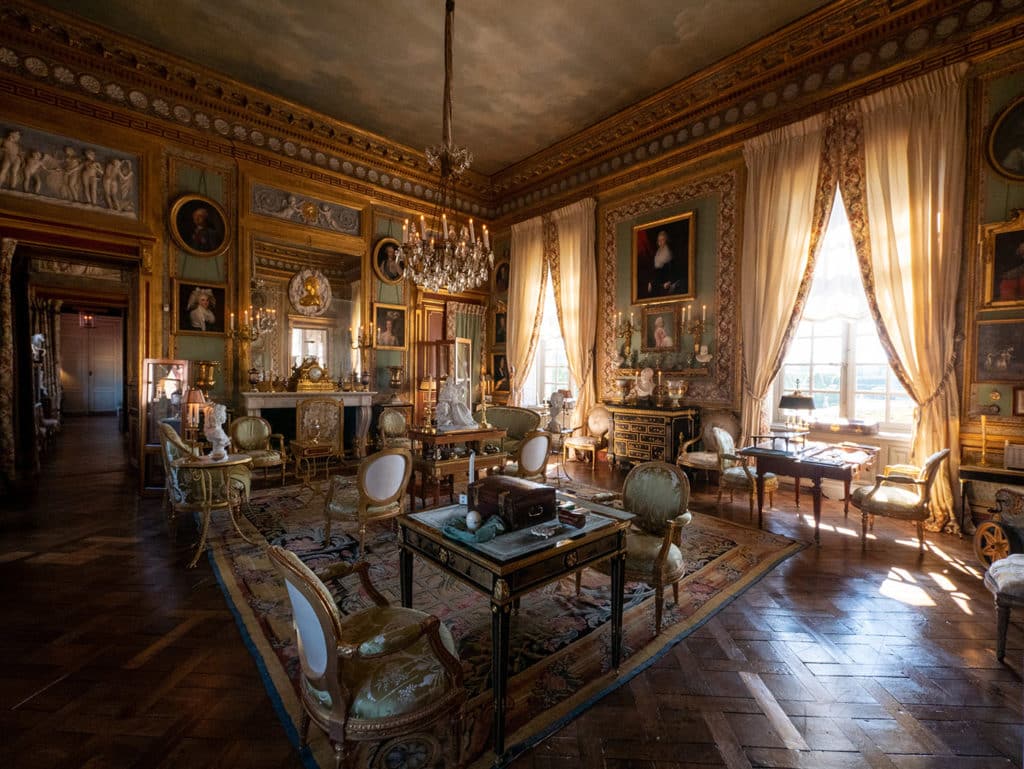
The icing on the cake is a vast garden stretching for 1.5 kilometres! When visiting it, it is hard to imagine that it is a recent development, yet it was created from scratch since the 17th century gardens had completely disappeared. However, a sketch attributed to André Le Nôtre (Versailles’ landscape gardener) has made it possible to restore part of the gardens as they were supposed to have been originally designed.
Visit the official website of the castle to consult the practical information (schedules, prices…): chateauduchampdebataille.com

The Bec-Hellouin, one of the most beautiful villages in France
Leaving Evreux, head for the Bec-Hellouin for the second stage of this escapade. On your way, you will pass through an agricultural plain and among “maisons de maître”, buildings made of red bricks typical of the region.
The Bec-Hellouin is built around the Benedictine abbey of Notre-Dame du Bec. This abbey was used by the army after the expulsion of the monks during the Revolution before seeing the return of a monastic community after the Second World War to avoid demolition and give the buildings a soul. Today, the exterior parts of the building are open to the public. It is also possible to follow guided tours during the week at 10.30 am and at weekends at 10.30 am, 3 pm and 4 pm. In the shop, you can also find ceramics made by the monks.
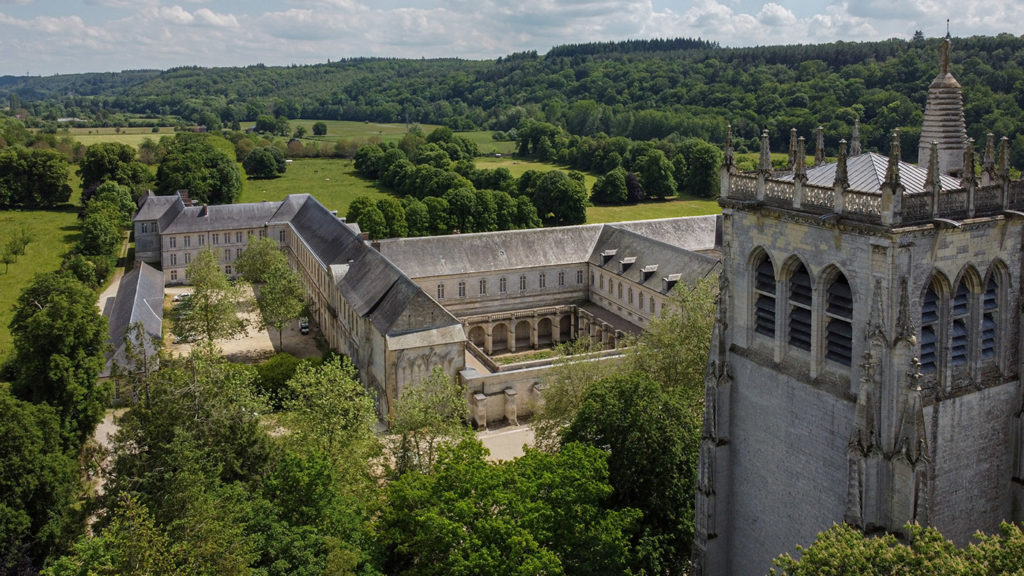
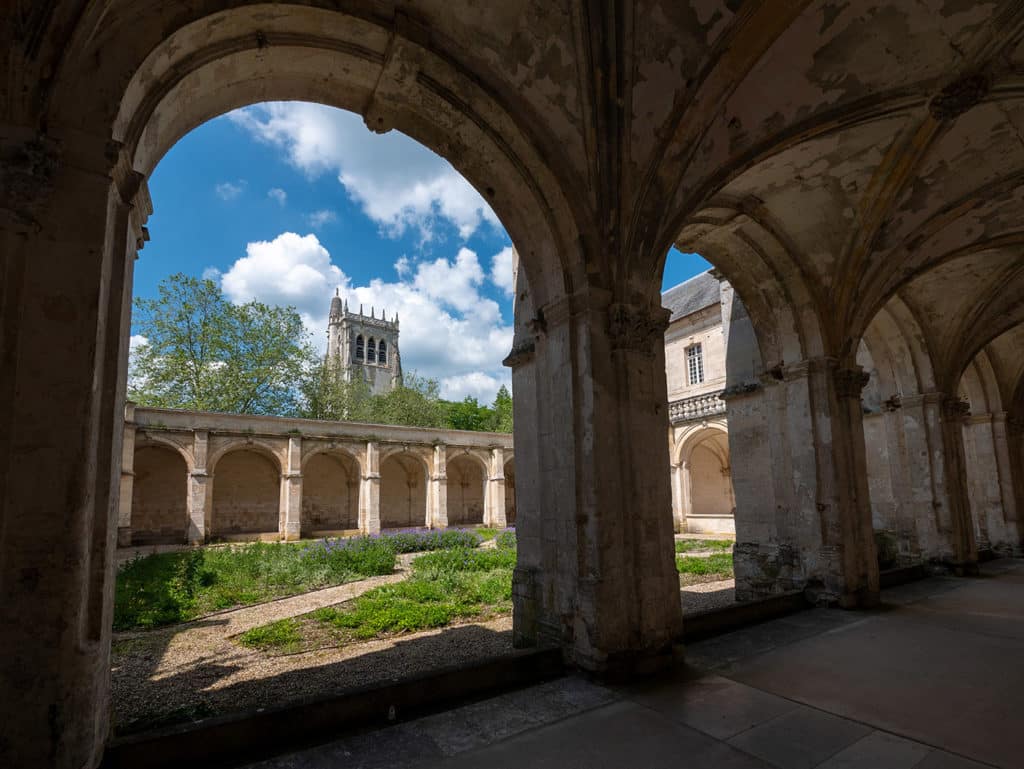
The rest of the village is particularly charming, notably thanks to its half-timbered houses with colourful facades, some of which date from the 17th century! This postcard setting has earned Bec-Hellouin the “Most Beautiful Villages in France” label.
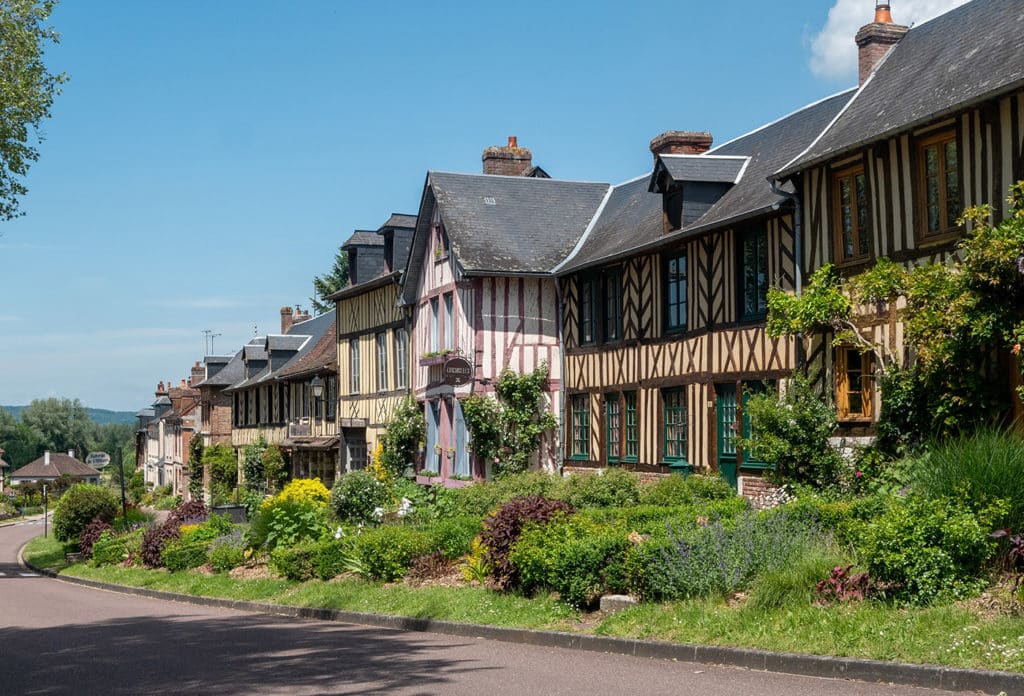
For more information on what to do around the Bec Hellouin and Bernay, visit the Bernay Terres de Normandie tourist office website: tourisme.bernaynormandie.fr
Bernay, the charming town
We leave the Evreux – Bec-Hellouin greenway to go to Bernay, which has been awarded the title of town of art and history. Better spared from the bombings of the Second World War than the town of Evreux, Bernay has preserved a typical town centre with charming timber-framed houses.
To discover the town, I strongly recommend that you follow the itinerary indicated on this pretty illustrated map which allows you to explore the main points of interest in the town on foot.
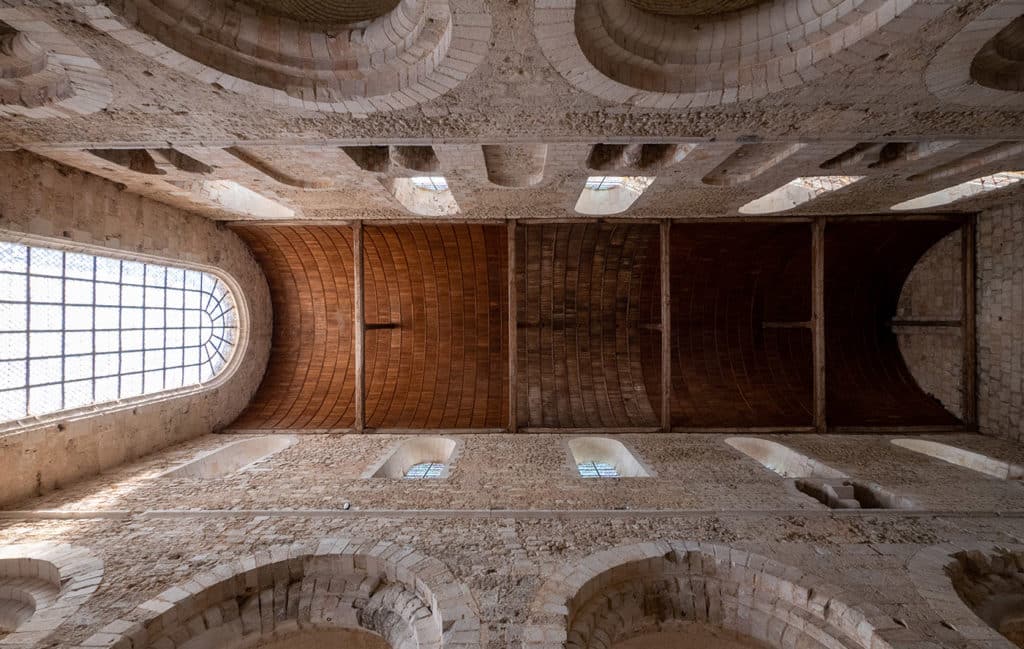
The abbey church and the charming Lenôtre promenade, which follows the river that runs through the town, are particularly worth seeing.
Did you know?
The town of Bernay has seen many personalities pass through it: Edith Piaf stayed here during her youth, the pastry chef Gaston Lenôtre made his name here and is buried here, and it was also in Bernay that Alexandre de Bernay, inventor of the alexandrine (poetry in twelve foot verses), lived.
Book your activities, visits and accommodation
To complete your stay or to find other ideas for visits in the Eure, go to the Eure Tourisme website where you can also buy your activities online so as not to waste time on site: eure-tourisme.fr
You now have all the cards in your hand to go and “pommel” yourself in the Eure. So, tempted?!
Have a nice trip! 😉
Article produced in partnership with Eure Tourisme

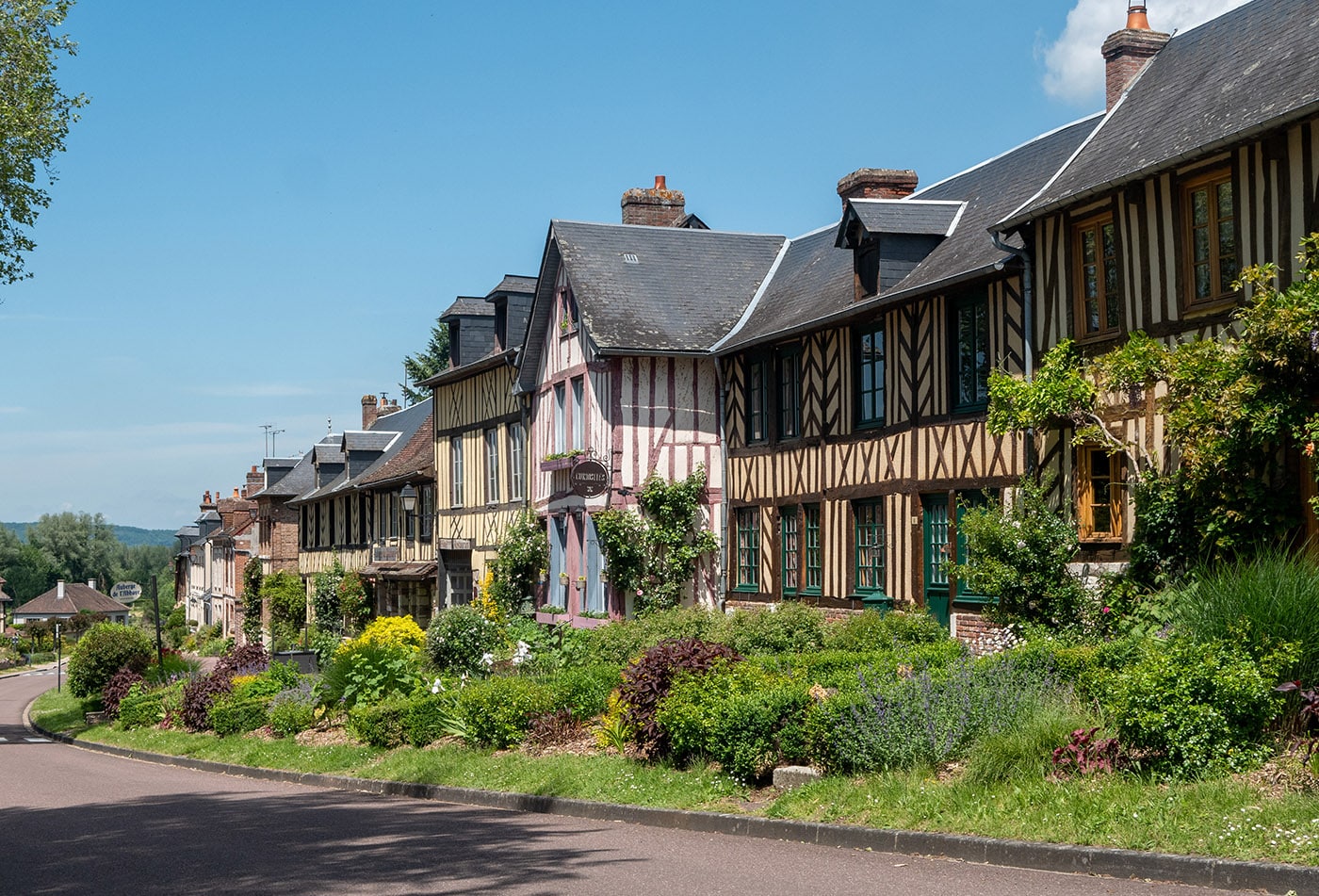

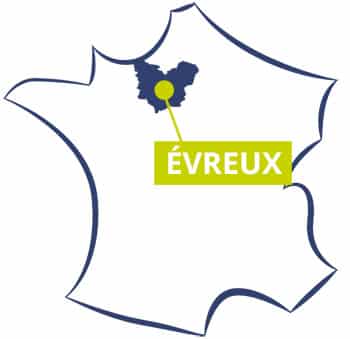
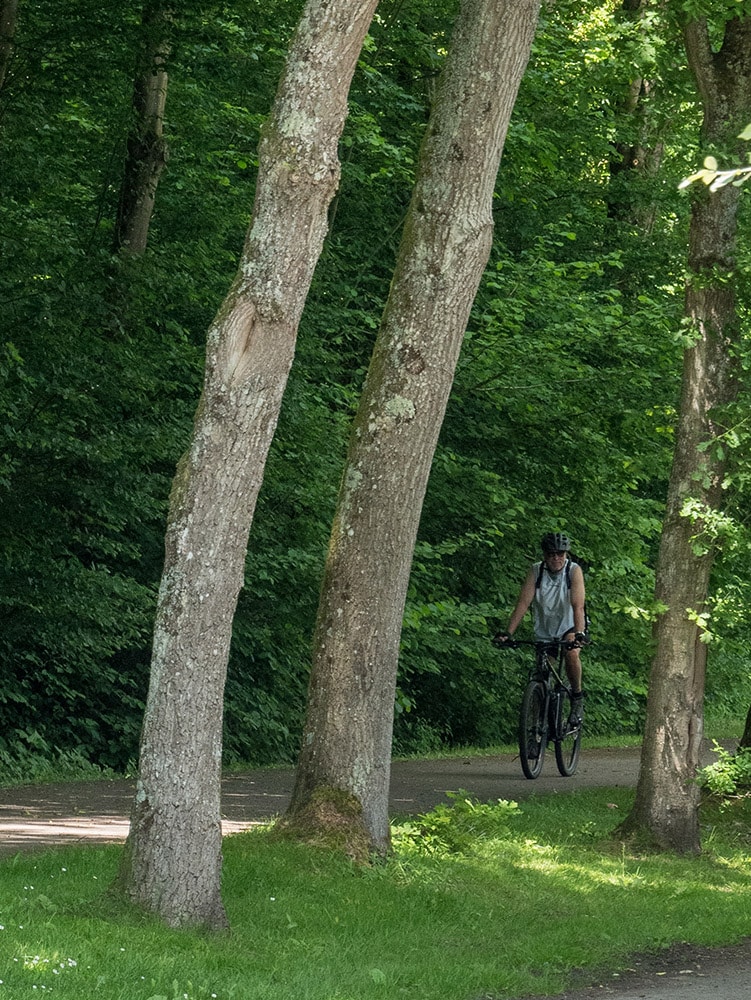
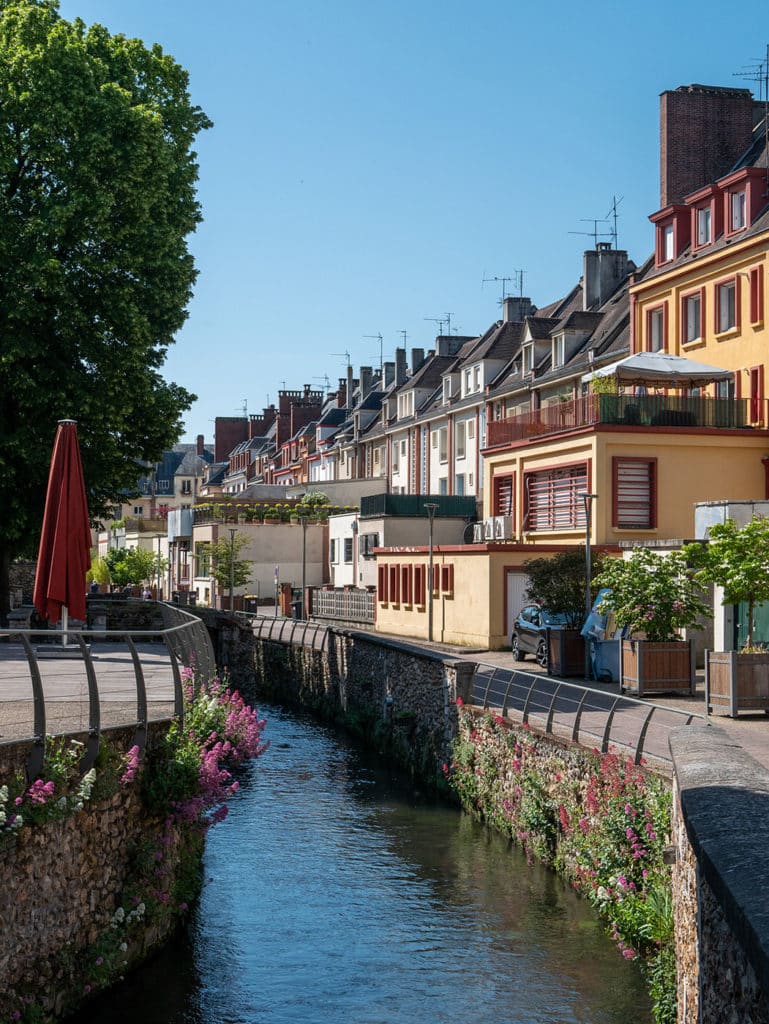
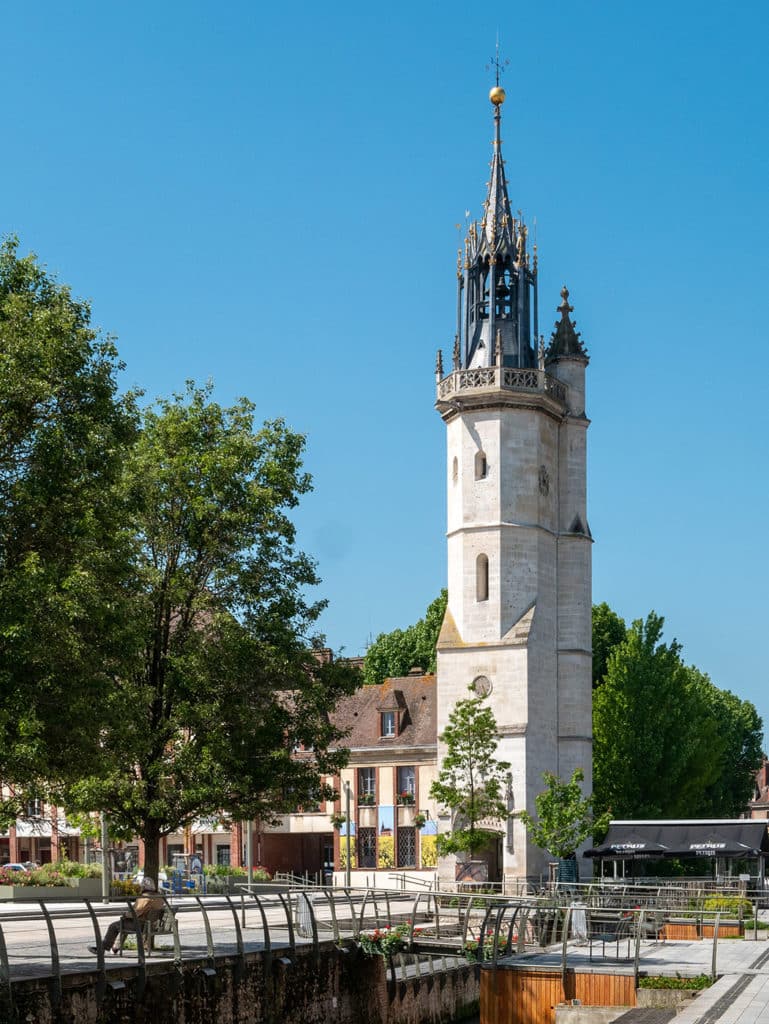


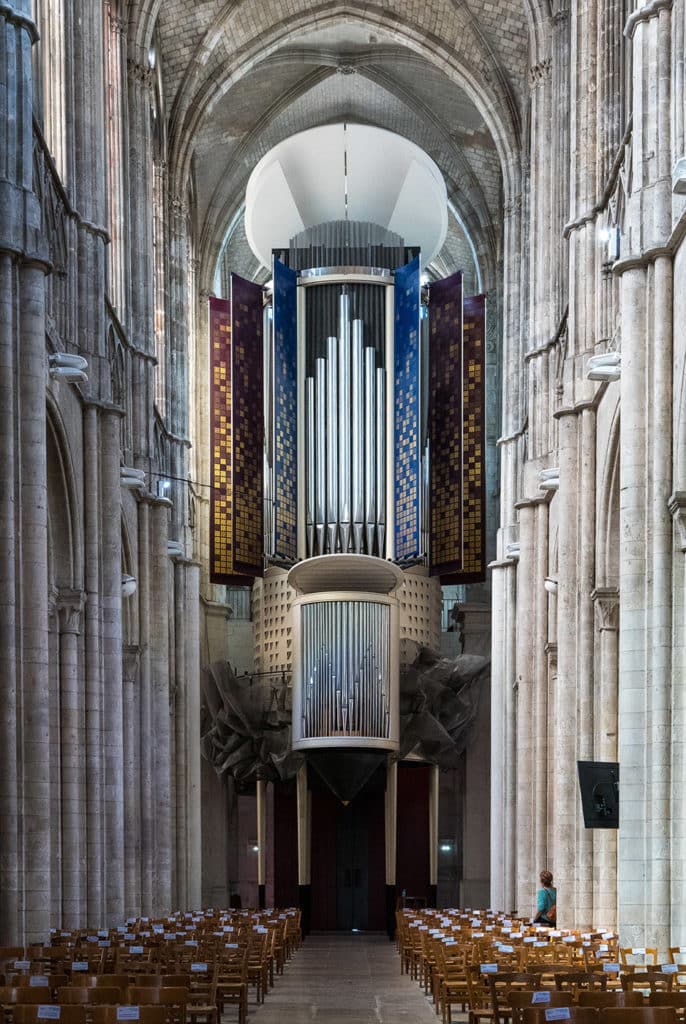
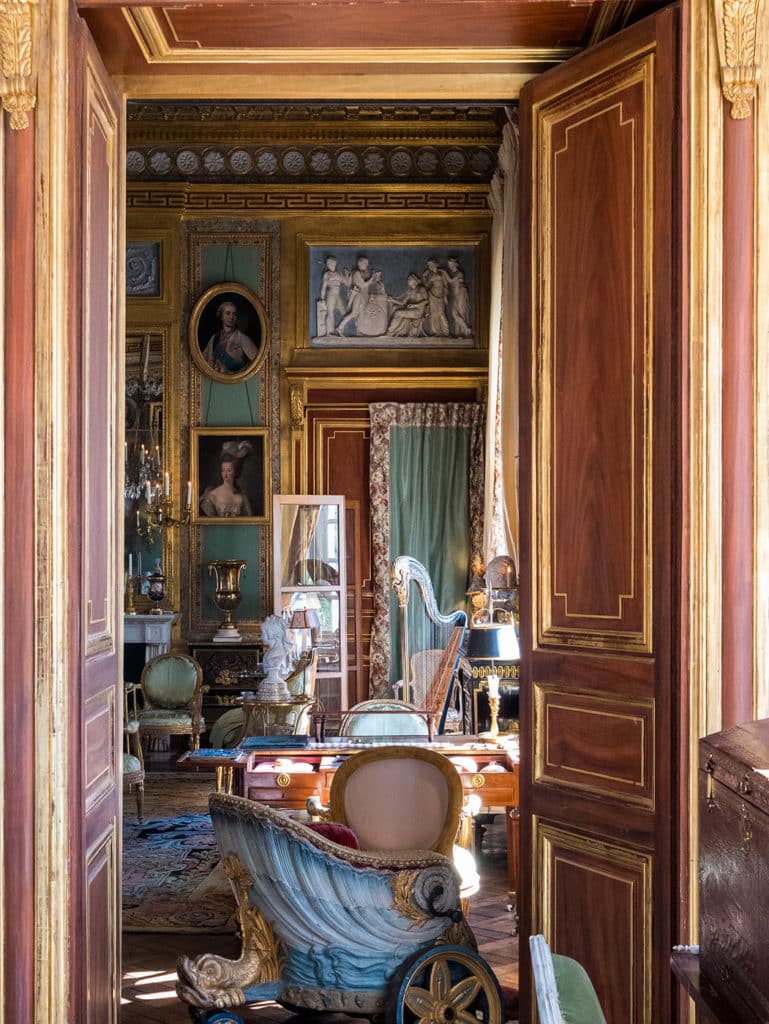
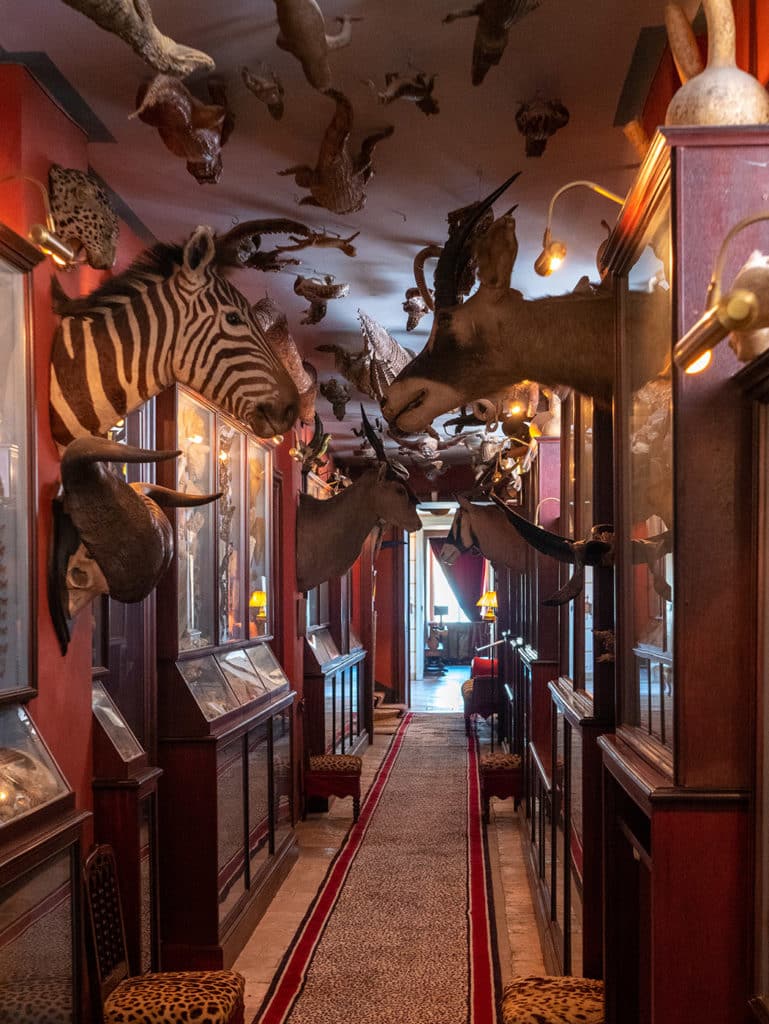
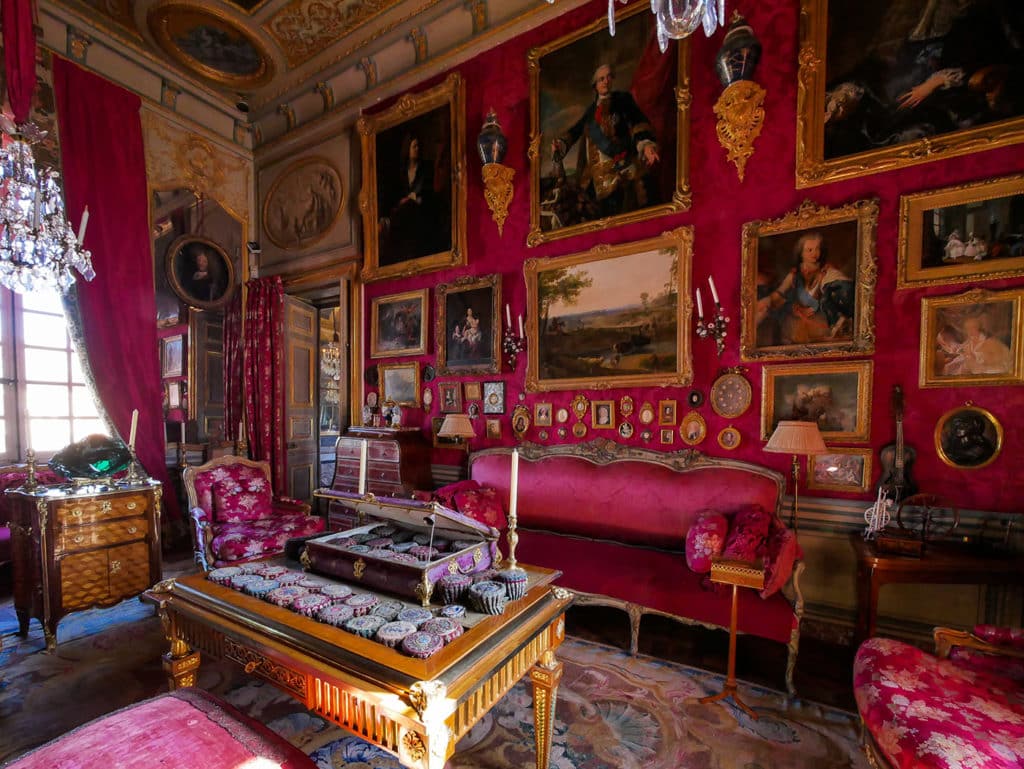
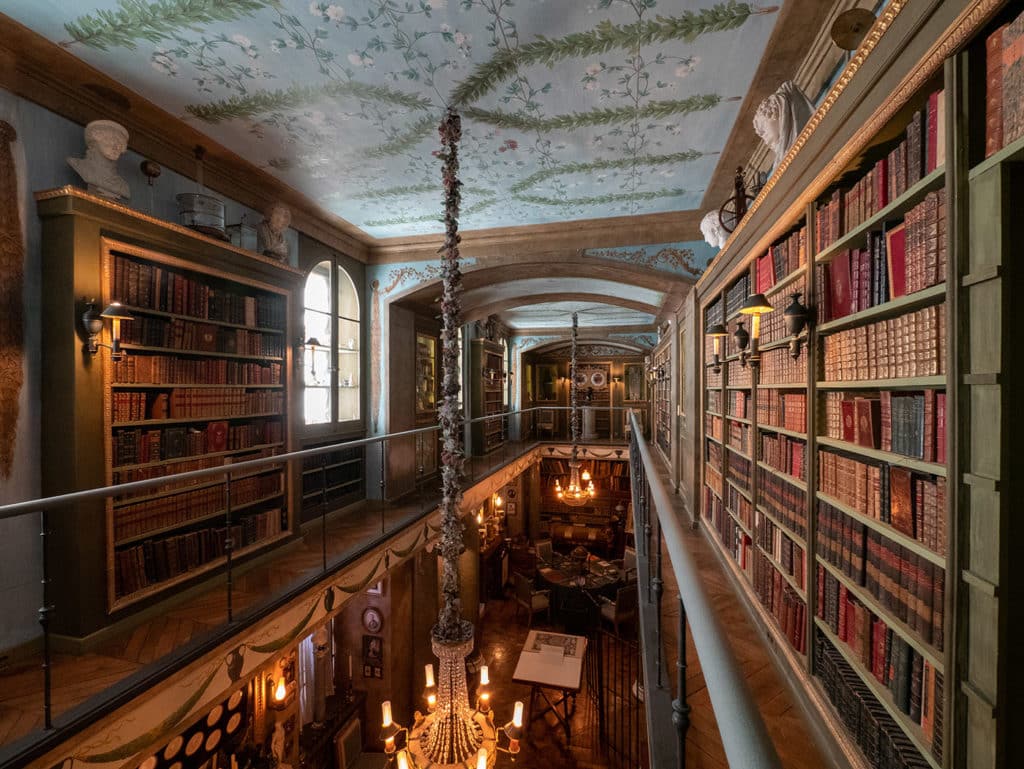
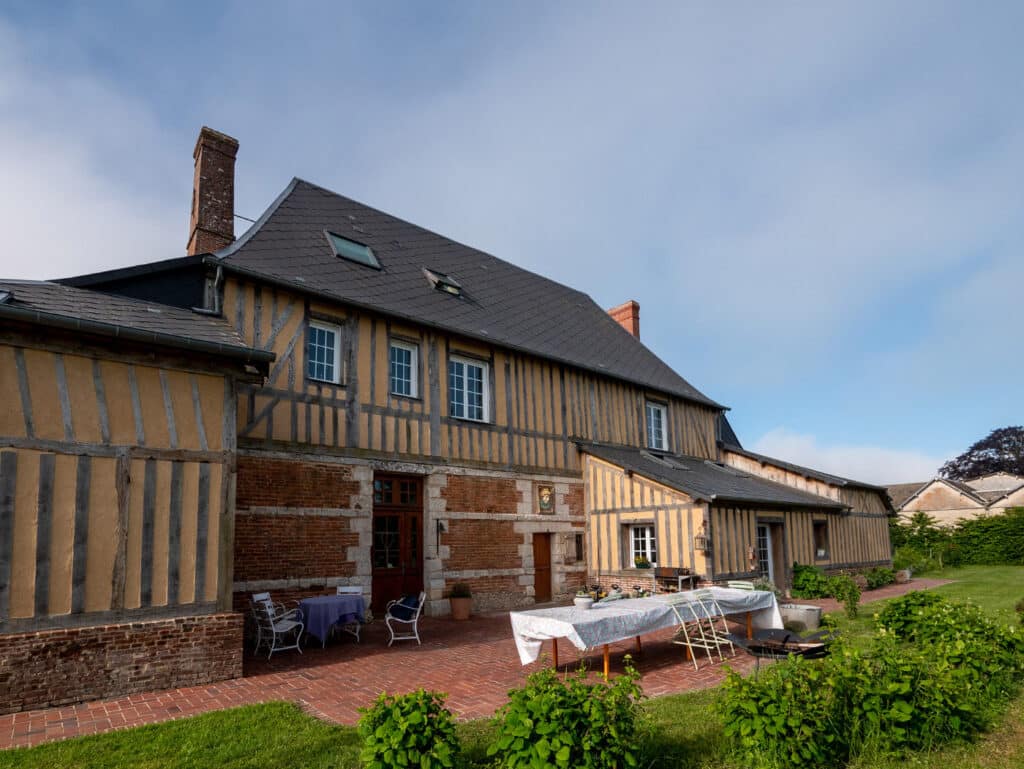
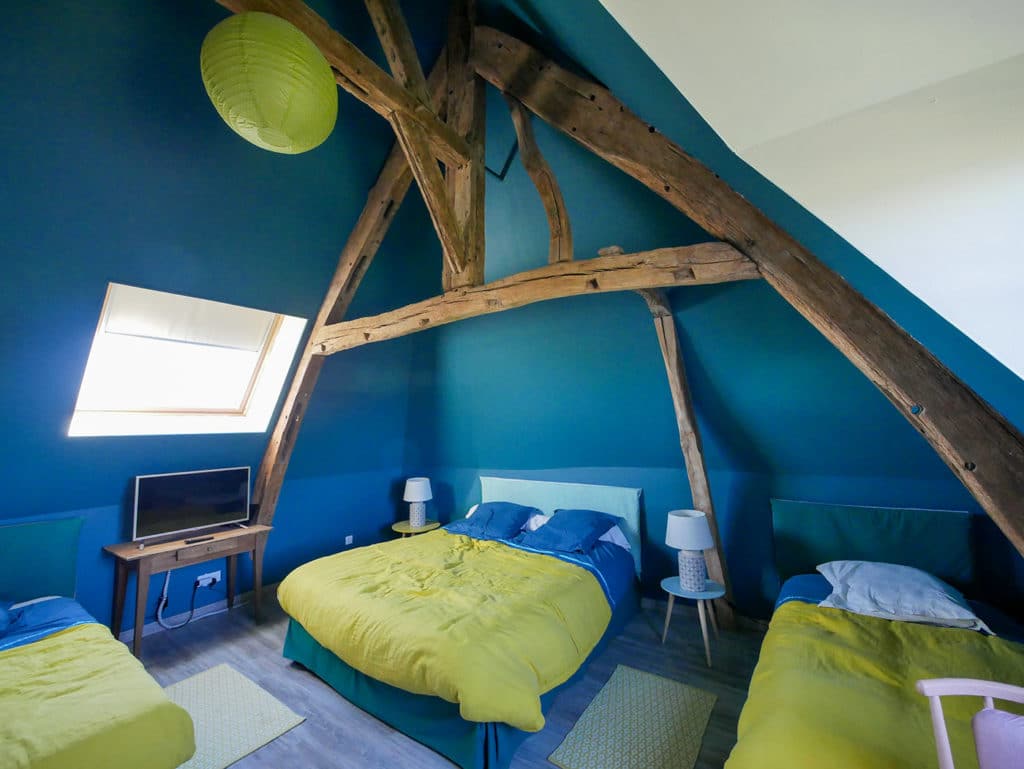
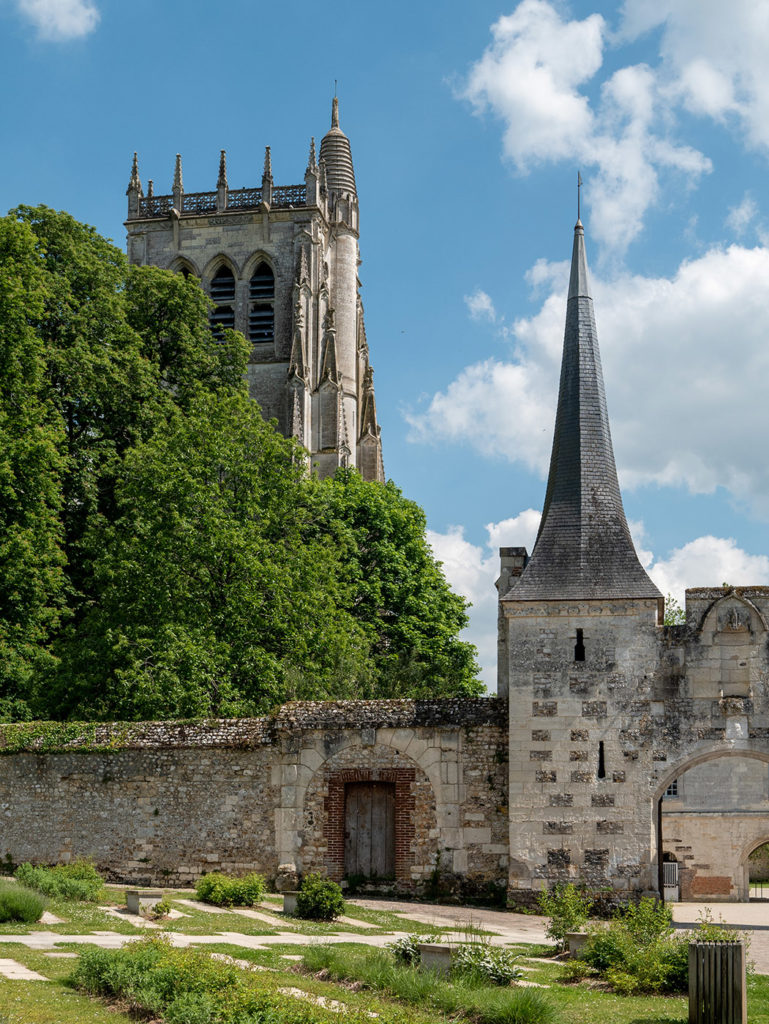
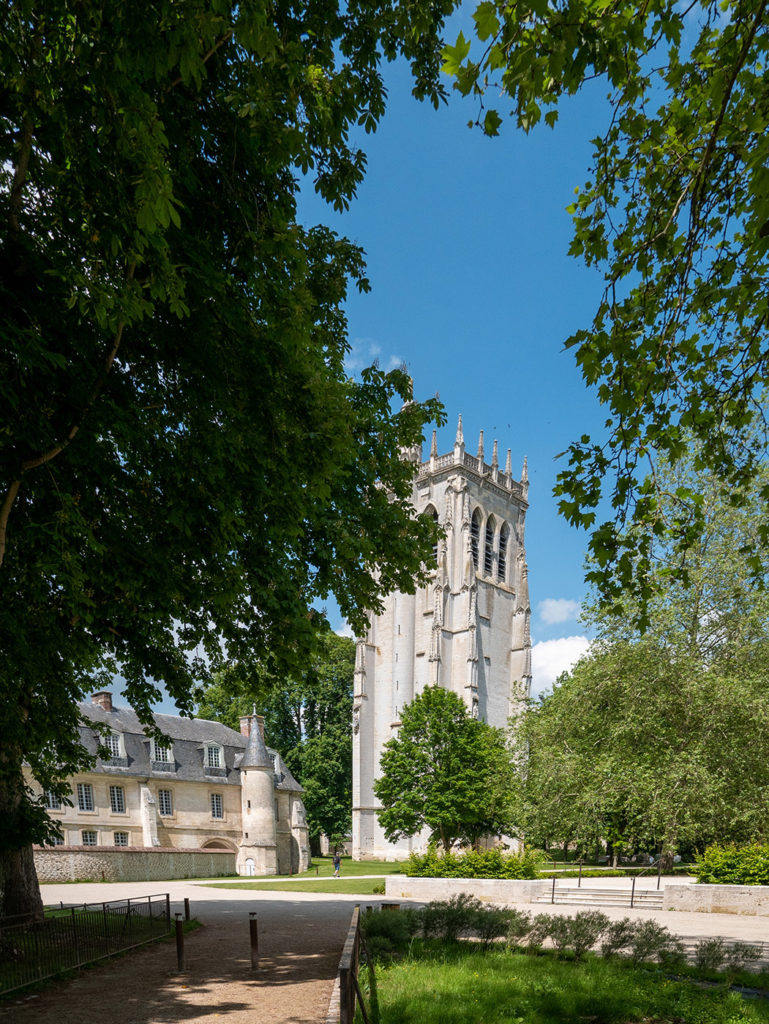
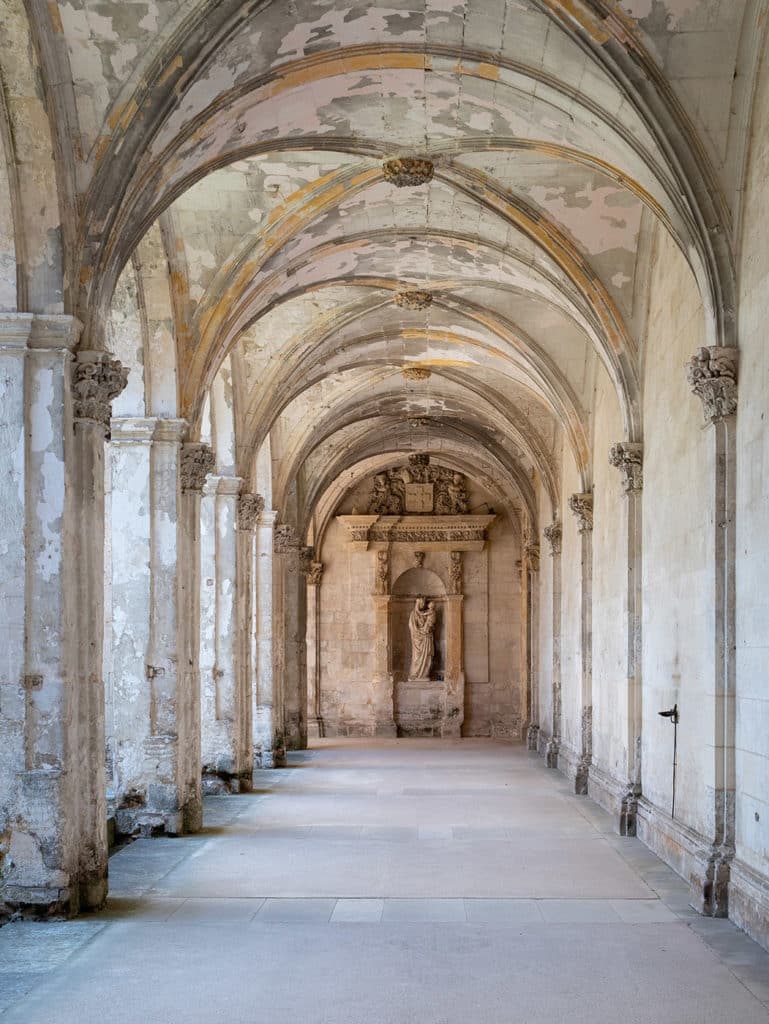
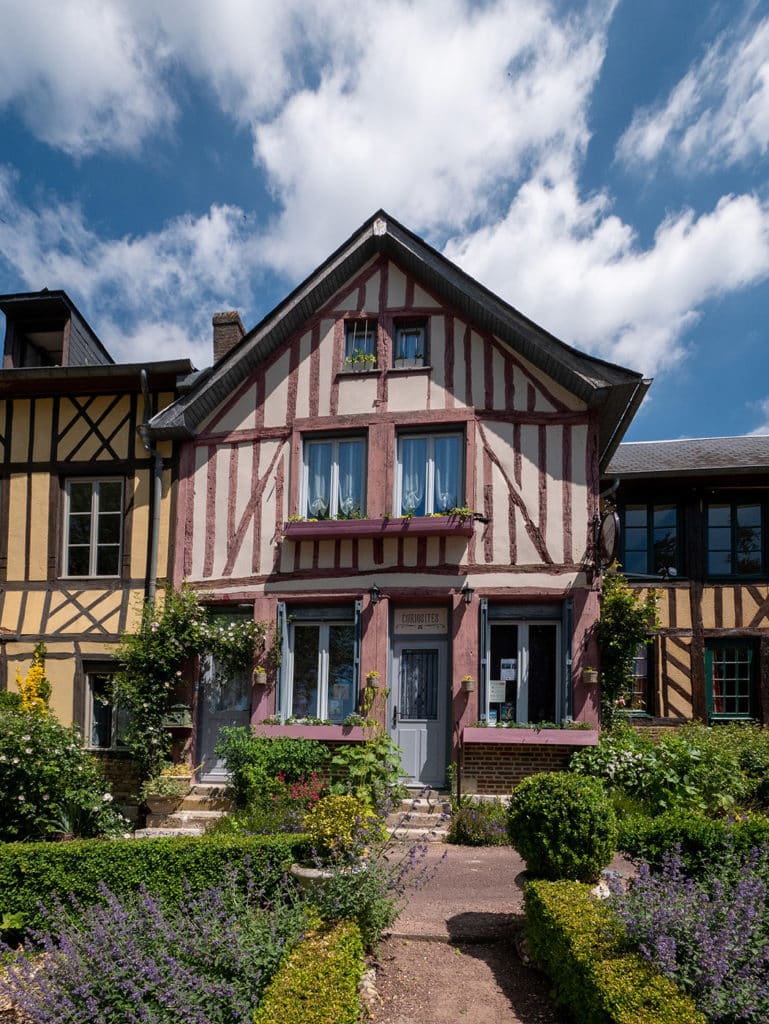
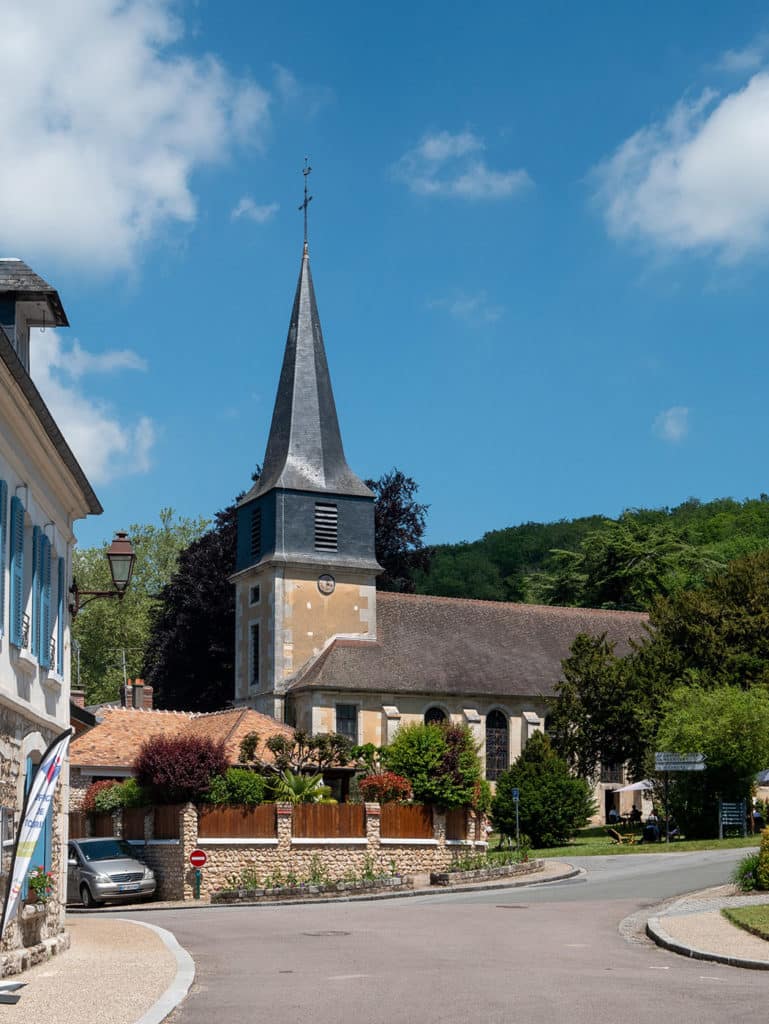
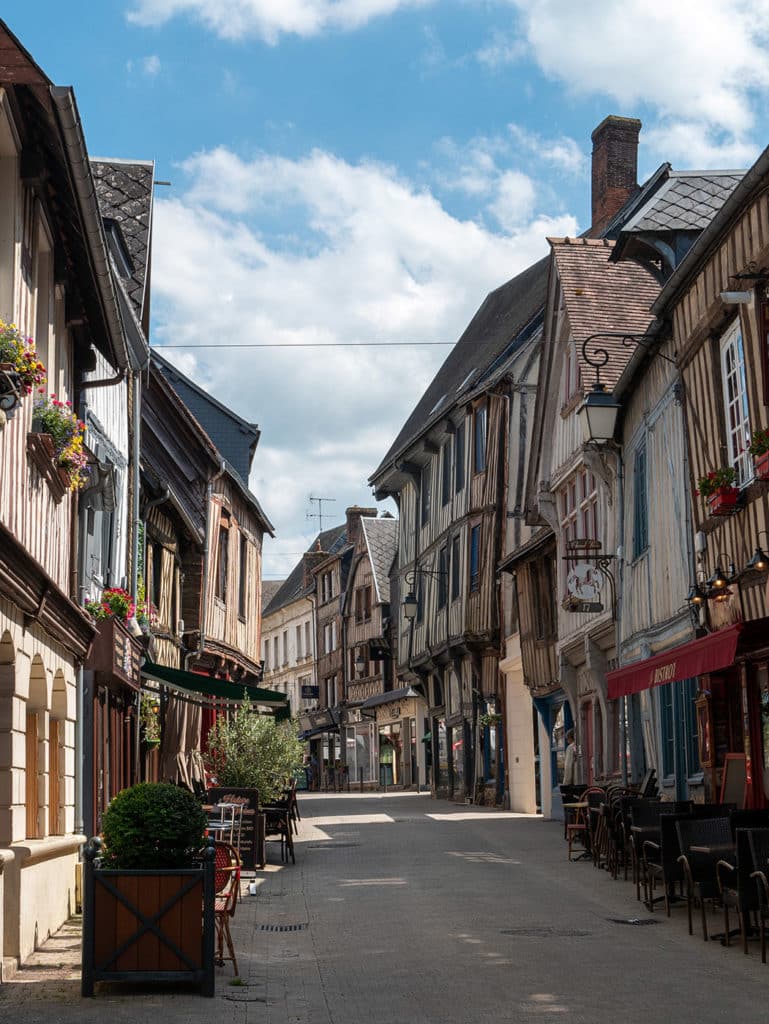

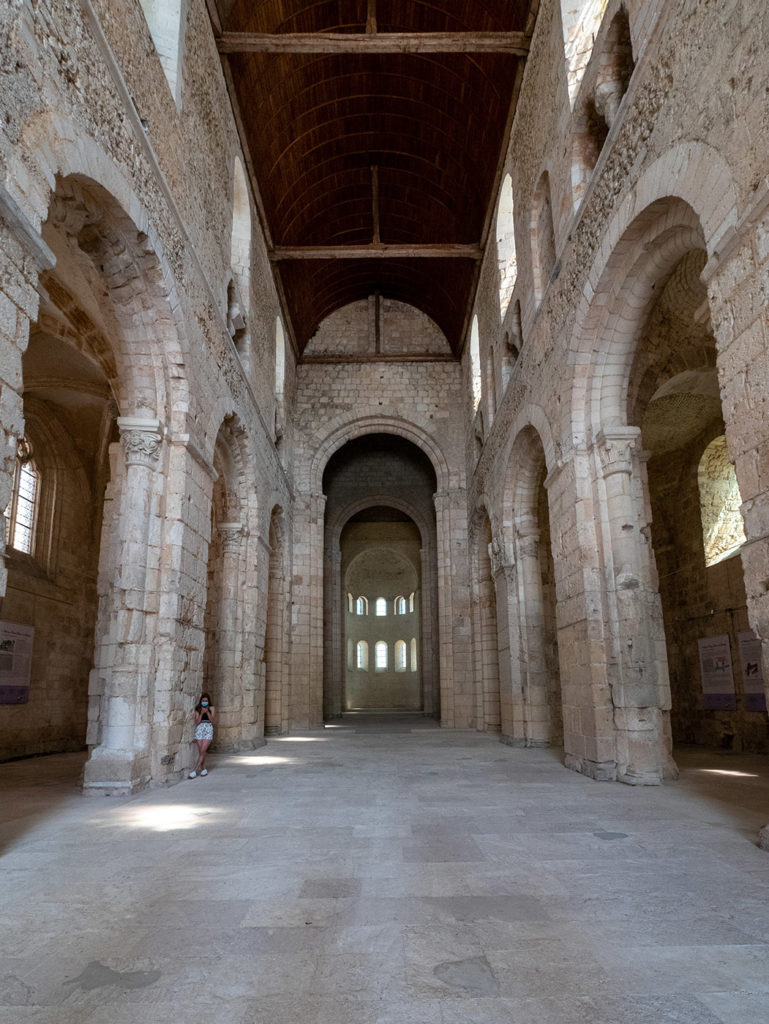
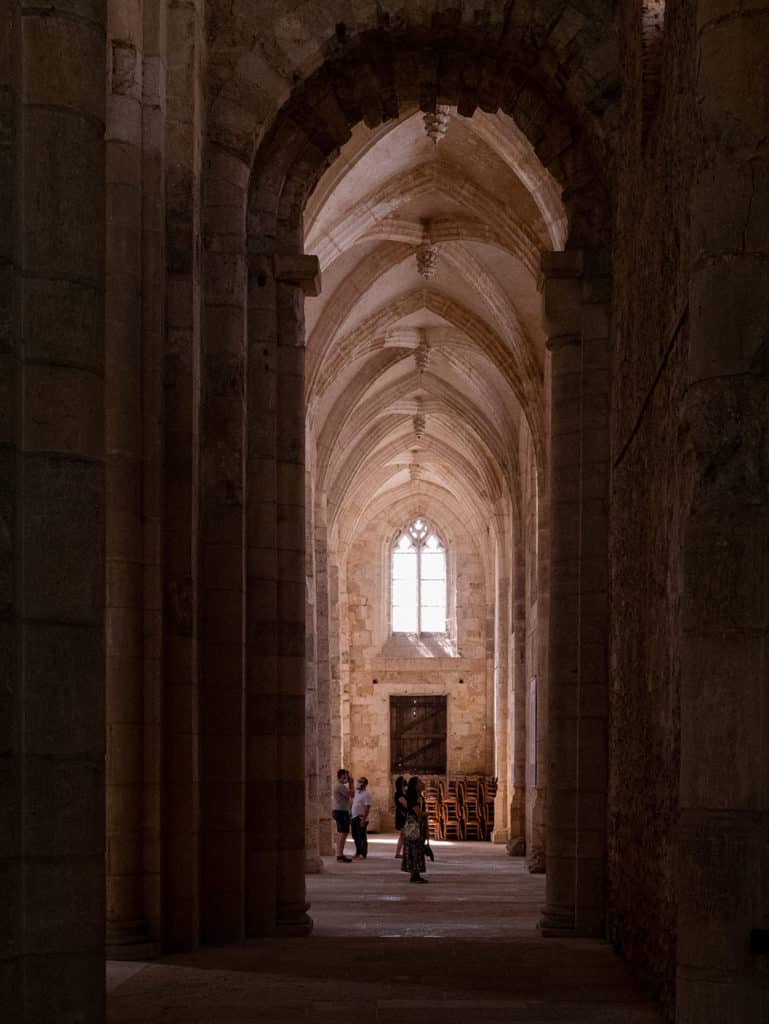


No Comments
Leave a comment Cancel